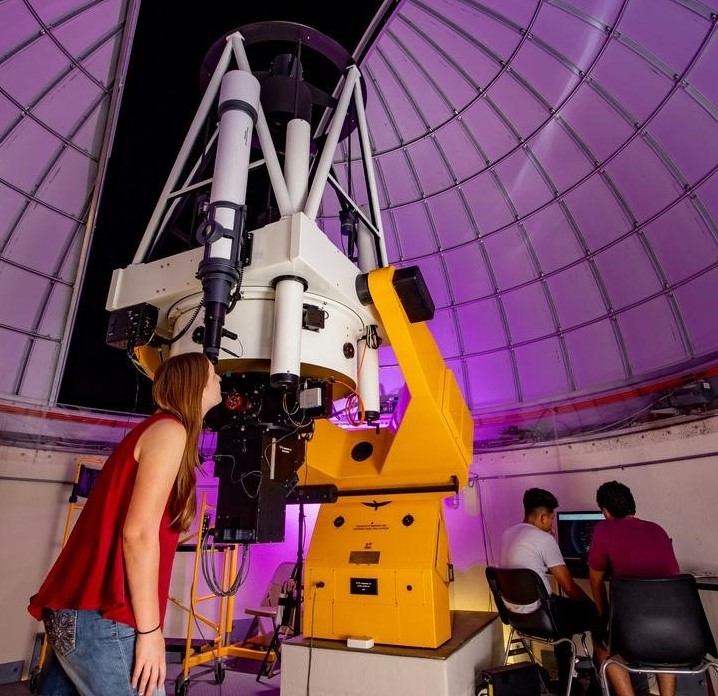Document Type
Article
Publication Title
The Astrophysical Journal
Abstract
Most solar energetic particles (SEPs) are produced in the corona. They propagate through complex coronal magnetic fields subject to scattering and diffusion across the averaged field lines by turbulence. We examine the behaviors of particle transport using a stochastic 3D focused transport simulation in a potential field source surface model of coronal magnetic field. The model is applied to an SEP event on 2010 February 7. We study three scenarios of particle injection at (i) the compact solar flare site, (ii) the coronal mass ejection (CME) shock, and (iii) the EUV wave near the surface. The majority of particles injected on open field lines are able to escape the corona. We found that none of our models can explain the observations of wide longitudinal SEP spread without perpendicular diffusion. If the perpendicular diffusion is about 10% of what is derived from the random walk of field lines at the rate of supergranular diffusion, particles injected at the compact solar flare site can spread to a wide range of longitude and latitude, very similar to the behavior of particles injected at a large CME shock. Stronger pitch-angle scattering results in a little more lateral spread by holding the particles in the corona for longer periods of time. Some injected particles eventually end up precipitating onto the solar surface. Even with a very small perpendicular diffusion, the pattern of the particle precipitation can be quite complicated depending on the detailed small-scale coronal magnetic field structures, which could be seen with future sensitive gamma-ray telescopes.
DOI
10.3847/1538-4357/aa86a8
Publication Date
9-10-2017
Recommended Citation
Zhang, Ming and Zhao, Lulu, "Precipitation and Release of Solar Energetic Particles from the Solar Coronal Magnetic Field" (2017). Aerospace, Physics, and Space Science Faculty Publications. 662.
https://repository.fit.edu/apss_faculty/662


